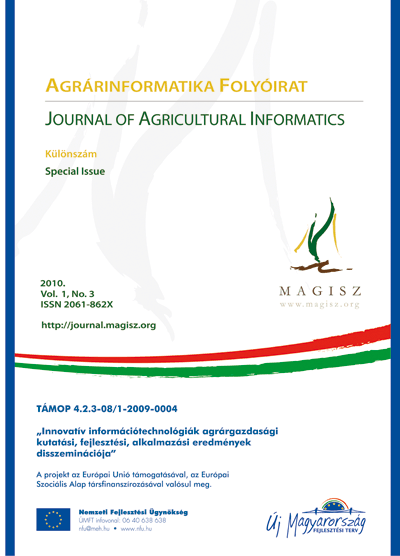Indication strength of coenological similarity patterns based on genus-level taxon lists and prevalence distribution
DOI:
https://doi.org/10.17700/jai.2010.1.3.26Abstract
Several methods and indicators can be used to evaluate the coenological state of a given habitat, the ones which can be created simply, quickly, standardizably and reliably and which can be used to exactly quantify the state of a given habitat in point of numbers can be of outstanding practical importance in ecology. One possible method is the examination of the genera which can be found in a given habitat in great abundance and have little number of species and various ecological characteristics. For this purpose one of the most appropriate groups is that of ground-dwelling oribatid mites (Acari: Oribatida). In our research, joining the bioindication methodological project of the “Adaptation to Climate Change” Research Group of the Hungarian Academy of Sciences, the indication strength of genus-level taxon lists and the effects of the main pattern-generating factors creating similarity patterns were analysed with the help of data series on oribatid mites collected by us and originating from literature. Our aim was to develop a method with the help of which the difference expressed with distance functions between two oribatid mite genus lists originating from any sources can correspond to spatial and temporal scales. Our results prove that these genus lists are able to express the spatial distance of the habitats. With the help of this base of comparison changes in disturbed or transformed habitats can be expressed by means of oribatid mite communities, with spatial and temporal distances.Downloads
Published
2011-03-22
How to Cite
Gergócs, V. (2011). Indication strength of coenological similarity patterns based on genus-level taxon lists and prevalence distribution. Journal of Agricultural Informatics, 1(3). https://doi.org/10.17700/jai.2010.1.3.26
Issue
Section
Journal of Agricultural Informatics
